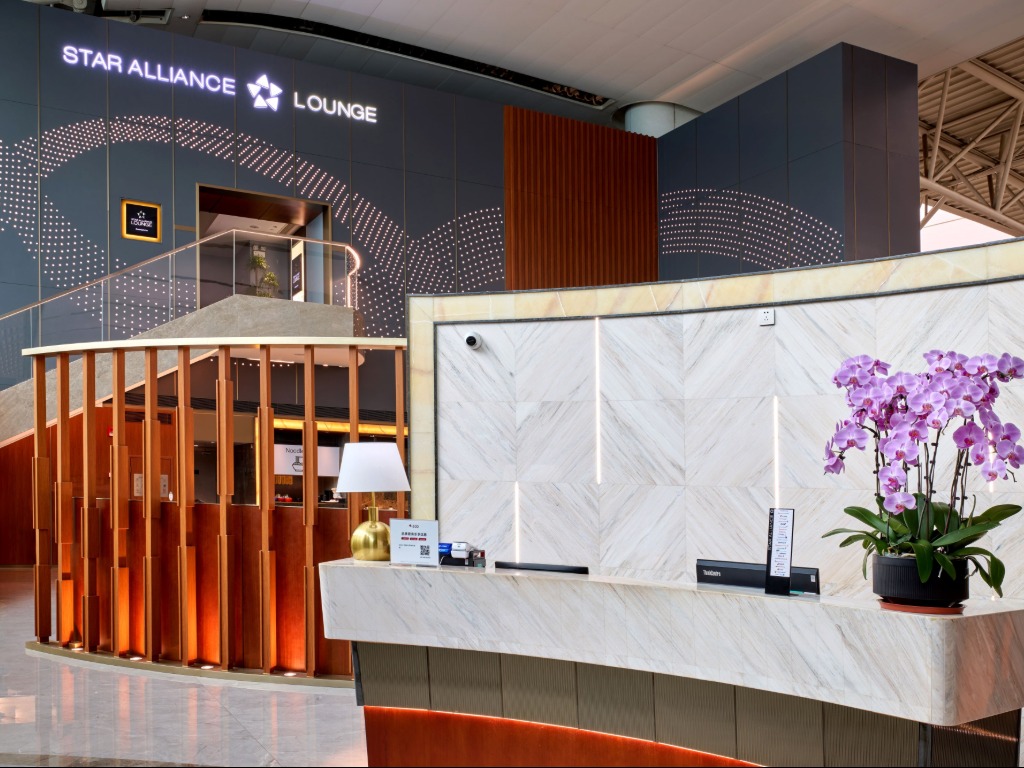Destination Canada takes aim at ‘building the possible’

With tourism numbers and revenues returning to 2019 levels, and the introduction of the Federal Tourism Growth Strategy, Destination Canada is ready to work with partners to transform the sector and unlock up to $20 billion more in GDP growth.
Addressing delegates at the Tourism Industry Association of Canada’s (TIAC) 2023 Tourism Congress 2023 in Ottawa, Marsha Walden, president and CEO of Destinations Canada and members of her team, Meaghan Ferrigno, Chief Data & Analytics Officer and Michel Dubreuil, Senior Manager, Industry Intelligence painted a picture of the industry that, while there were headwinds, showed great potential for meaningful growth and a path forward to achieve it.
“Since 2020, recovery has been uneven across sectors and geographies,” Walden said, “but taken as a whole, we are finally back to 2019 levels and can start to look forward.”
Walden acknowledged there were fundamental issues to address but emphasized that there were also many reasons to be optimistic. Combining business and leisure travel, tourism in Canada is at 104% of 2019 levels. While international numbers still lag, the people who are visiting Canada are spending more once they are here, and Canada remains a top destination for the U.S., France, U.K. and Germany.
But without fundamental change, she warned, Canada will not be able to capitalize on these opportunities.
The key is to shift away from planning for what is probable to building what is possible. If Canada stays on its current trajectory, it can expect $140 billion in tourism revenue by 2030, up from $109 billion this year. That sounds impressive, but when you drill down and account for inflation, the real growth is weak.
Canada can do better. Destination Canada has set a new real growth target of $160 billion by 2030 by unlocking a $20 billion opportunity that moves Canada from what is probably to what is possible, with a goal of making Canada one of the top seven destinations in the world.
Working with industry and government partners and stakeholders, Destination Canada has identified seven critical levers that will boost Canada’s competitiveness and hit the $20 billion target.
The first is revenue and yield, focussing on high-value guests and extending demand into the offseason. The second is brand leadership, ensuring that Canada has a differentiated brand and strong strategy. Third, Canada must improve access by strengthening routes year-round and working closely with airlines and airports, and with a focus on open borders and multimodal connectivity.
The fourth lever is investment and reinvestment. Canada already leads the world in direct foreign investment. We need to understand the barriers to investment in tourism, the role of patient capital, how we can improve ROI by making tourism a year-round industry and the role of Indigenous tourism.
Fifth is the workforce – a complex issue that was addressed in many of the session at the Tourism Congress. We need to understand our labour force’s working conditions including new issues such as housing. We also need to harness AI to realize real productivity gains – a critical way to offset capacity restrictions caused by labour shortages.
The sixth lever is the environment. Even as tourism grows, we must find ways to reduce our CO2 footprint in transportation, food supply and other areas, with commitments to carbon reduction programs such as sustainable aviation fuel and food waste mitigations.
The seventh and final lever is to ensure that tourism has public and policy support. The Federal Tourism Growth Strategy is an important step, but it will take a concerted and sustained effort from all tourism stakeholders, locally, regionally and nationally, to create additive tourism that communities can support and unlock the industry’s potential.
Story by Debra Ward
Photo by Greg Ohman


